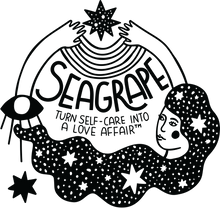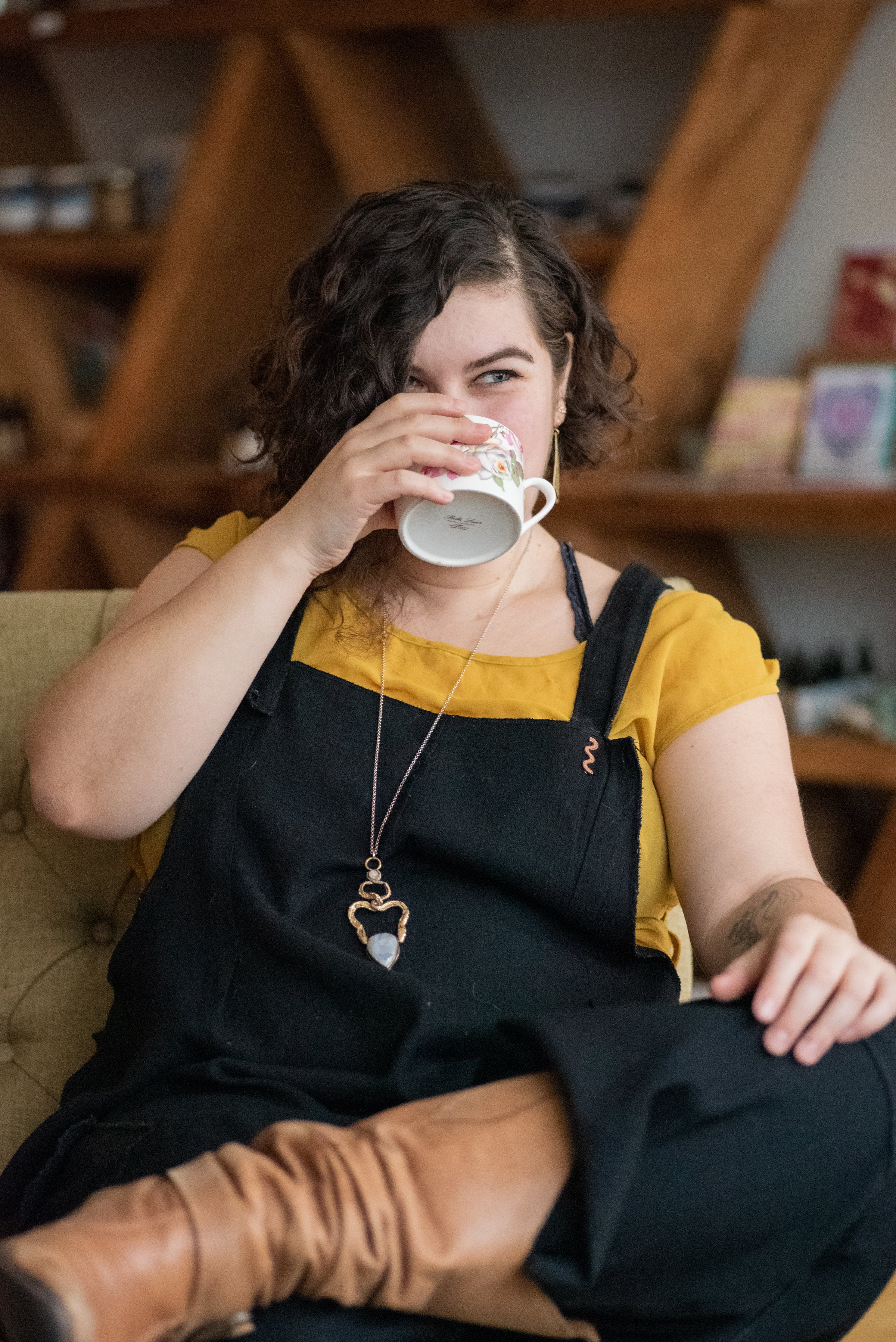Shadow Work: Baba Yaga, the Slavic Hag Witch; Guest Blog by Vlasta Pilot
Don't miss Vlasta's upcoming workshop, The Wisdom and Magic of Baba Yaga, happening on November 12th at 12pm PST on Zoom! You can sign up to join us right now!
During this season of long, dark nights and family gatherings, our shadow selves come out to play. This creates a perfect opportunity to take stock of the things we have a hard time accepting in ourselves and others. This task is not for the faint of heart, but we can find solace in turning to the perplexing and mystifying Baba Yaga who can guide us to the path of accepting our own darkness. Her ferocious and ambiguous character reminds us of the way of nature, kind and cruel all at once, and how, in knowing and accepting that, we will find greater acceptance of our own nature.
We've all heard the legend of Baba Yaga, the witch of the forest that lives in a hut on chicken legs and could potentially eat your children. Who is she really? Death doula, a snake, a pelican, or the shadow of an all-powerful Earth Goddess? Her complex nature requires a wholesome, eclectic approach and in this class, we will do just that, looking at the development of her character through the centuries with clear, fresh, and modern eyes, past the previous generations’ agendas.
While there's no consensus among scholars whether the Slavic people viewed Baba Yaga as entirely fictional or a real person (there's evidence for both), we do know Slavic people believed her to be a very powerful witch. "There was a most frightening sorceress, not just a sorceress, but a Baba Yaga" (Irina Razumova, 1993). Baba Yaga supports her powerful practice with many tools, among which is the Klubok, a magical ball of yarn Baba Yaga gives the fairytale hero to find his way on his treacherous journey.
Magical Klubok is the representation of cosmic gifts, wisdom, and understanding. Spinning and weaving yarn in general has a prominent place in Slavic folklore and carries a great meaning in the day-to-day lives of simple folk. Even one of the main Slavic deities, the Goddess Mokosh herself, is portrayed spinning and weaving the yarn of fate.
Making your own Klubok is easy, and can prove handy in your practice, primarily as a divination tool and in making protection charms. Let's look at the first steps to take in preparing your own magical Klubok. The following directions are here to help you to focus on the importance of the yarn's origin and its creation process. This approach will help you to connect with your tool and nourish your practice as a whole.
How to prep the yarn for making your Klubok:
The Materials
The yarn must be made of natural fibers. If any dyes are used, they too must be of natural origin. My personal favorite is nettle yarn dyed red with madder or cochineal.
The Source
While making your own yarn is ideal, getting it from a local craftsperson is a great option since many of us (including myself) do not have the skills, tools, or time to make some ourselves. Getting hand-spun yarn from someone you know personally or someone you like and respect is not only going to help you create a powerful tool, but will also allow you to support the local community. The craftsperson must be generously rewarded for their work, and though monetary compensation is possible, it is not preferable. Make sure to include a personal present you made yourself (food, drawings, writings) or offer labor in exchange. You want to make sure the exchange has a clear, strong, positive energy and both parties are energized by the interaction.
Cleanse and Charge
Cleanse your yarn with bell sounds, wind, and frankincense smoke. If you work with the moon, you can charge your new yarn under the full moon light. Alternatively, you can use sunlight instead.
Zagovor
I highly recommend placing a zagovor (a type of spoken spell) on your yarn. The type of zagovor to apply depends on your intended use for the yarn. You can make your own zagovor the same way you would make other spells, however, it doesn't necessarily need to rhyme.
Always lean into your intuition and the guidelines of your personal practice in adding or subtracting from my list.
About Vlasta Pilot
Vlasta (she/her) is a Russian and Mordovian native folk practitioner with Slavic and Finno-Ugric (Erzya) background. She runs Gentle Hearts Unite, an independent zine that celebrates nature and explores an intersection of ideas in folklore, science, astrology, and witchcraft. Vlasta regularly creates content around cultural knowledge, mysticism and folklore for her 500K audience on TikTok and Instagram. Find her on Instagram here and TikTok here.
Show more






+Leave a comment